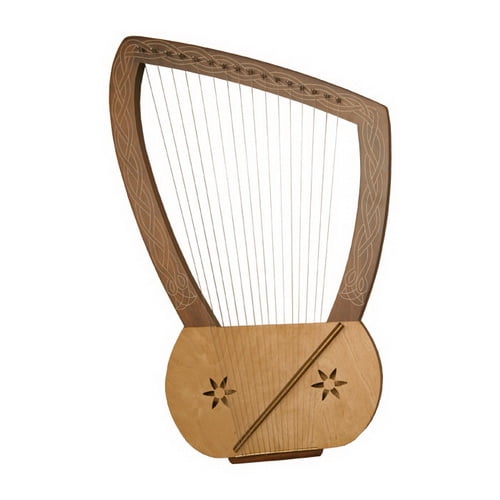
As well, if your harmonica is just old, it will go out of tune because of changes in the metal itself. This causes the metal reed to vibrate too violently, which changes its curvature, resulting in an out-of-pitch note.īending notes requires changing the reed curve, so this will make the harmonica go out of tune. Until one learns to control airflow, they tend to blow with too much force into the harmonica. This will cause the harmonica to go out of tune.įor newbies, the most common cause of an out-of-tune harmonica is blowing too hard.
#Harpninja vs harmonica tunner crack
Since metal contracts and expands in response to heat and cold, the thin reed can also crack from exposure to harsh temperatures. Any change to the reed will change the pitch of the note. This means that the constant pull and push of air required to produce sound will change the metal reed's curvature over time. The reeds on a harmonica are made of extremely thin metal. Especially for blues players who bend a lot of notes, harmonicas need re-tuning fairly often. Just like any other instrument, harmonicas need re-tuning from time to time. Just playing a harmonica regularly will eventually make it go out of tune. There are several reasons why harmonicas go out of tune, including: This is especially true with cheaper knock-off brands. Sometimes even a harmonica straight from the factory is not in perfect pitch. Harmonicas can go out of tune over time with heavy usage. If you file too much off the tip of the reed, you'll need to add solder or heavy putty to the base to balance the pitch. After every couple of strokes, you should test the pitch against a tuner. This will overcorrect the note and cause you more work in the end. Always use the lightest pressure possible when filing reeds.īe careful not to remove too much material from the reed. If you press down too hard on the reed, you may bend it or change its offset, which will change the note's pitch or may even change the note itself. You can file inward from the base because this end is thicker and not so susceptible to damage. If you file inward from the tip of the reed, you may accidentally fold the tip over, ruining it. For the tip of the reed, always file toward the tip from the middle of the reed. This will weaken it.įile a reed lengthwise with light, gentle strokes.

After a couple of strokes with the file, test the note with a tuner.īe careful that you do not bend the thin metal reed under too much pressure.Carefully file down the reed at its tip to raise the pitch, or at its base to lower the pitch.Slip a thin shim under the out-of-tune reed.

Remove the screws holding the outer plates in place.


 0 kommentar(er)
0 kommentar(er)
